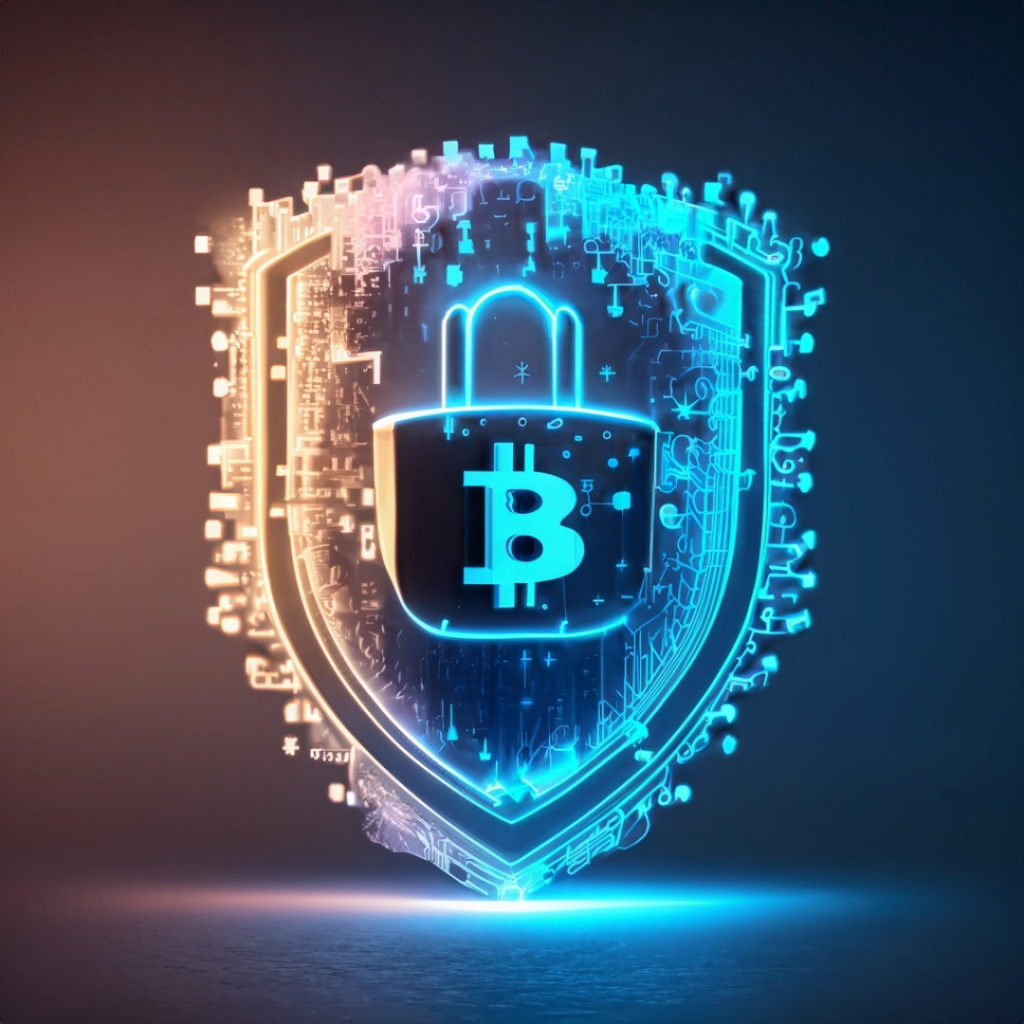The digital environment is a battleground. Breach, attack, and exploitation are all too common, leaving organizations and individuals scurrying to fortify their defenses. A new weapon appears in this ever-changing conflict zone: blockchain technology.

The Immutable ShieldConsider a ledger made of inflexible digital bricks rather than paper and pen. Each one,
precisely engraved and inextricably linked to the ones before it, forms an unbreakable chain.
This is, in essence, the heart of blockchain: an immutable record that cannot be tampered with
or revised. Data inscribed on this digital tapestry becomes sacred, a witness to its origin and
ownership, permanently protected from the soiled hands of would-be vandals.For cybersecurity, this immutability is a game-changer. Sensitive information, once a flimsy
sandcastle against the tide of hacking attempts, can now be transformed into an impregnable
stone tower. Medical records, financial transactions, even national security secrets – all find
sanctuary within these digital walls, their authenticity and integrity forever preserved.Beyond WallsBut what good is a fortress if it can be brought down by a single siege engine? This is where
blockchain’s decentralized nature shines. Unlike traditional, centralized systems, where a single
server acts as a tempting honey pot for hackers, blockchain distributes its data across a vast
network of nodes. No longer is there a single point of vulnerability; instead, a million digital
sentries stand guard, each holding a piece of the puzzle, ready to sound the alarm at the
slightest hint of trouble.This distributed architecture makes life infinitely harder for attackers. Gone are the days of
breaching a single gateway and waltzing off with the loot. Now, they must conquer each node,
a Sisyphean task that would leave even the most seasoned cybercriminals whimpering in
defeat.The Unshakeable CipherYet even the sturdiest fortress needs a solid gate. This is where cryptography steps in, acting as
blockchain’s unbreakable cipher. Data, before entering this digital sanctuary, is cloaked in layers
of complex mathematical algorithms, rendering it unreadable to anyone without the key. This
ensures that even if a hacker manages to breach the outer wall, they’ll be met with an
indecipherable labyrinth, their nefarious intentions thwarted by the sheer might of modern
cryptography.Smart Contracts Guard the GatesBut what about the human element, the weakest link in any security chain? Blockchain
addresses this challenge with smart contracts – self-executing agreements living on the
blockchain itself. These digital guardians follow pre-defined rules, eliminating the need for
human intervention and the inherent risks that come with it. Imagine a world where access
controls are automated, transactions verified and executed instantaneously, and security
protocols react in real-time to suspicious activity – all without the possibility of human error or
manipulation.Real-World Applications Building the Digital CitadelWhile the potential of blockchain in cybersecurity is undeniable, it’s not just theoretical mumbo
jumbo. Real-world applications are already proving its power:
- Identity Management: Say goodbye to stolen passwords and fraudulent accounts. Blockchain can create tamper-proof digital identities, verified and secured on an immutable ledger.
- Data Provenance: No more wondering where your data has been. Blockchain tracks every step of the way, ensuring transparency and accountability in data handling.
- Supply Chain Security: From counterfeit drugs to tainted food, blockchain shines a light on the murky world of supply chains. Every step, from origin to delivery, is recorded and verifiable, building trust and safety.
- Strengthen authentication and authorization mechanisms: Blockchain could be used to create tamper-proof digital identities that are verified and secured on an immutable ledger. This could help to reduce the risk of identity theft and fraud.
- Provide audit trials and accountability: Blockchain could be used to track and audit data, which could help to increase transparency and accountability.
- Automate security tasks: Blockchain could be used to automate security tasks, such as authentication and authorization. This could help to reduce the risk of human error.
- Invest in research and development: Organizations should invest in research and development to identify and address the challenges of blockchain adoption in cybersecurity.
- Partner with industry leaders: Organizations should partner with industry leaders to develop and deploy blockchain solutions for cybersecurity.
- Educate employees: Organizations should educate employees about the benefits and challenges of blockchain for cybersecurity.
Disclaimer
Remember, investing in cryptocurrencies involves risks, and it’s important to conduct thorough research and seek professional advice before making any financial decisions. (Please keep in mind that this post is solely for informative purposes and should not be construed as financial or investment advice.)
FAQ
What are NFTS and how do they work?
NFTs are unique digital assets stored on blockchains, representing various digital items.
How to create unique NFT?
To create a unique NFT, you mint it by uploading a digital file to a blockchain platform.
Are NFTs a good investment?
NFTs can be a good investment for collectors, but research and understanding risks are essential.


